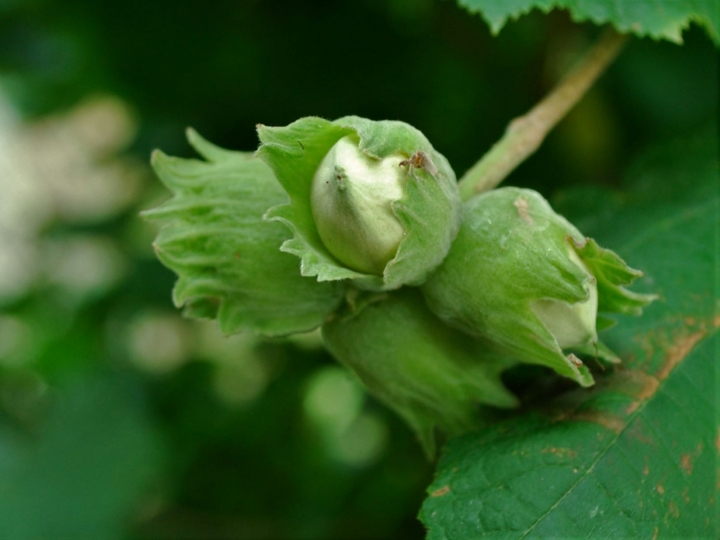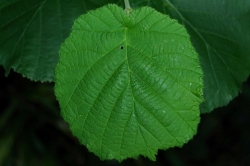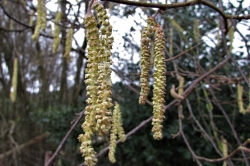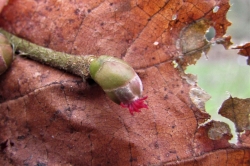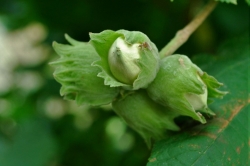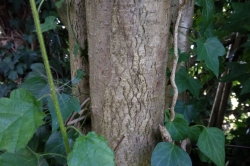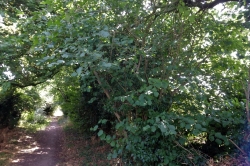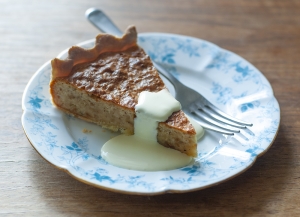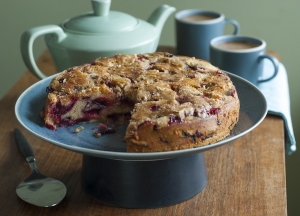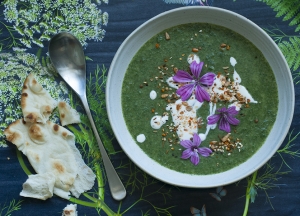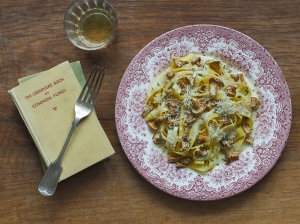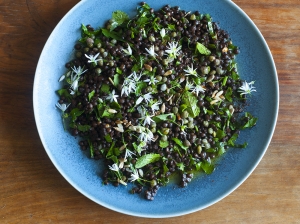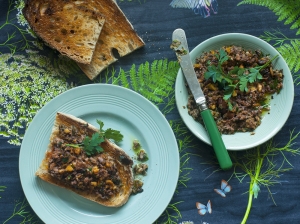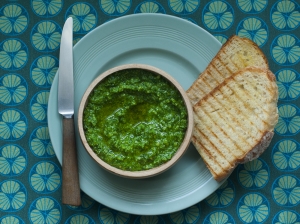This tasty nut bearing tree is a common site around the UK with a few different varieties growing in our climate. The Cobnut (thought to be mainly from Corylus avellana) and Filbert (Corylus maximus) are the two main species with the Cobnut being the more common of the two. The Cobnut has a papery sheath that doesn’t usually cover the entire length of the nut, the Filbert has a sheath covering the whole nut although conditions and environment can affect the sheath size and length.
Home / Hedgerow Guide /
Hazel
Hazel
| Hedgerow Type | |
| Common Names |
Hazel Nut, Cobnut, Filbert, Hale Nut, Stock Nut |
| Scientific Name |
Corylus spp. |
| Season Start |
Jan |
| Season End |
Dec |
Please note that each and every hedgerow item you come across may vary in appearance to these photos.
Leaves
The leaves are round to oval with a double toothed serrated edge and ending in a point. The leaves are hairy when young particularly on the underside and look ‘pleated’ along the veins.
Male Flowers
The male flowers hang in green catkins from January until early Spring when they open out revealing tiny pale yellow flowers.
Female Flowers
The female flowers are tiny bud like protrusions with little red finger like stigma that start coming out in January until early spring. Flowers from the same tree can self seed but the male and female flowers open at different times on each tree.
Nuts
The nuts are green and have a papery sheath which can cover the entire nut or be shorter, revealing the nut case depending on conditions and species.
Trunk
If left alone to grow in the open a Hazel has a normal if a little short, trunk but many Hazels have been coppiced or grow in tight dark conditions and will have many thin, straight, vertical branches instead. The bark is fairly smooth and grey brown and can start to peel on older trees.
Frequency
Very common.
Collecting
The nuts can be eaten as early as August, they are small and immature but very tasty then. If you collect the nuts for storage make sure they are placed in a mouse proof container or when you go to use some you will find a small hole in every shell which will now be empty.
Other Facts
Hazels have been growing in the UK since the ice started melting 12000 years ago and left to grow can get up to 12 metres tall and live for up to 100 years but if coppiced they can live for many hundreds of years.
They have been used by man not only for food but also for furniture, basketry, arrow shafts, fencing, wattle and daub, thatching and dowsing rods to name a few.
The Scarlet Elf Cup favours rotting Hazel twigs.



 (12 votes, average: 3.83 out of 5)
(12 votes, average: 3.83 out of 5)